 Welcome to the Stars Hollow Health and Fitness weekly diary. It will publish on Saturday afternoon and be open for discussion about health related issues including diet, exercise, health and health care issues, as well as, tips on what you can do when there is a medical emergency. Also an opportunity to share and exchange your favorite healthy recipes.
Welcome to the Stars Hollow Health and Fitness weekly diary. It will publish on Saturday afternoon and be open for discussion about health related issues including diet, exercise, health and health care issues, as well as, tips on what you can do when there is a medical emergency. Also an opportunity to share and exchange your favorite healthy recipes.
Questions are encouraged and I will answer to the best of my ability. If I can’t, I will try to steer you in the right direction. Naturally, I cannot give individual medical advice for personal health issues. I can give you information about medical conditions and the current treatments available.
You can now find past Health and Fitness News diaries here and on the right hand side of the Front Page.
Survey Suggests Many People Call an Ambulance for Minor Medical Emergencies
Feb. 22, 2011 — One in three people don’t understand when an ambulance is not necessary to deal with common medical situations, a survey indicates.
The survey shows most people know when to call an ambulance for life-threatening medical emergencies like a heart attack, but many don’t understand when an ambulance is not needed for less urgent situations like a woman going into the early stages of labor.
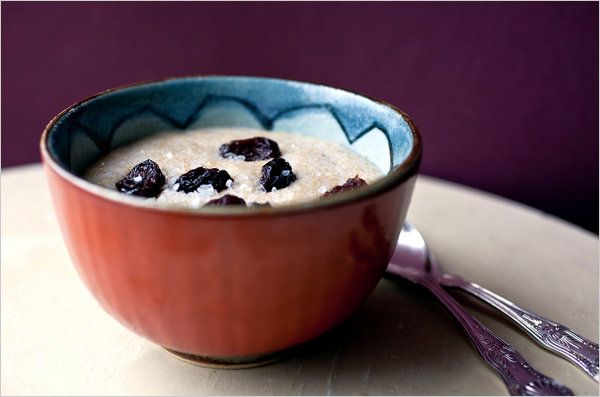
Here’s a quick look at this week’s selection of grains:
LUNDBERG WEHANI This reddish-brown whole-grain rice has a slightly chewy texture and a nutty, savory flavor. To cook, combine 1 part rice with 2 parts water and salt to taste ( ½ to ¾ teaspoon per cup of rice). Bring to a boil, reduce the heat, cover and simmer 50 to 60 minutes until the rice has absorbed all the water. Turn off the heat, remove the lid, place a towel over the pot and return the lid to the pot. Let sit 10 minutes, and then serve.
For a nuttier taste, before adding the water sauté the rice in 1 tablespoon olive oil or canola oil until the rice smells toasty. A cup of raw rice yields about 3 1/3 cups of cooked rice.
LUNDBERG BLACK JAPONICA RICE A combination of medium-grain mahogany rice and short-grain black rice. Cook it like Wehani rice, above. A cup of raw rice yields about 3 ¾ cups cooked rice.
RUBY RED JASMINE RICE This red long-grain rice is distributed by a company that specializes in fair-trade products. The package says to cook 1 part rice in 2 ½ parts water, but I found a ratio of 1 to 2 worked better. Cook like the Wehani rice, above. A cup of raw rice yields about 3 cups of cooked rice.
PURPLE PRAIRIE BARLEY This hearty dark purple barley originated in Tibet. It takes 1 ½ hours to cook – 1 hour if you soak it overnight, which I recommend. Cook 1 part grain in 2 ½ parts water with salt to taste. Place a strainer over a bowl, and drain the soaked rice. Combine the soaking water (you don’t want to lose the pigment in it) with more water to make 2 ½ parts. Add salt to taste ( ½ to ¾ teaspoon per cup of grain), and bring to a boil. Reduce the heat, cover and simmer 1 hour or until the barley is tender and beginning to splay. A cup of cup raw rice yields just under 4 cups of cooked rice.
AMARANTH Amaranth is the tiny seed of a green native to the Americas. In Mexico, both the seeds and the greens are eaten. It’s very nutritious: high in protein, and very rich in the amino acid lysine, which most grains lack. Cook 1 part amaranth in 3 parts water, and stir often.

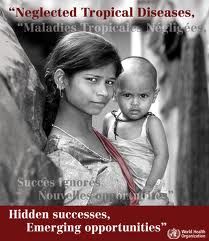 This is a series of diaries focused on the
This is a series of diaries focused on the 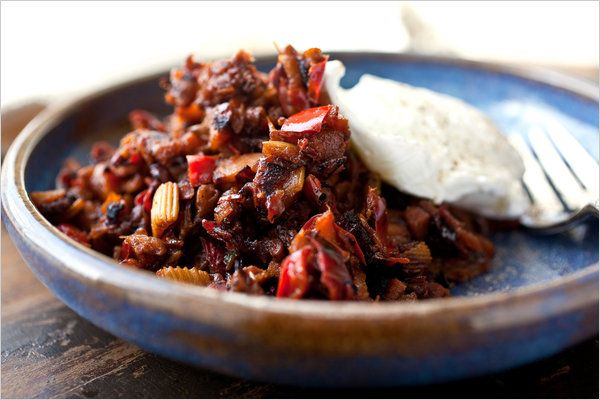
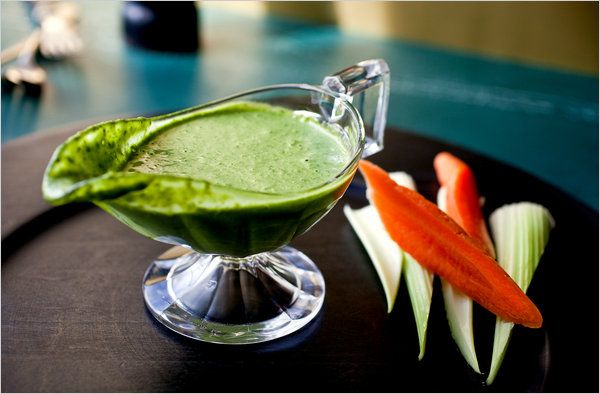
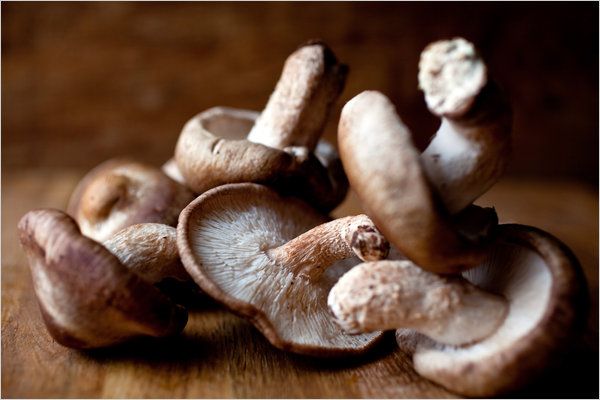
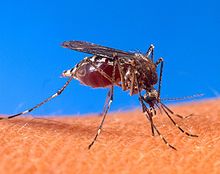 The disease is caused by four closely related viruses, or serotypes, that can manifest in a couple of different ways. The most common is dengue fever, or illness, which presents with high fever, joint pain, severe headache and a a petechial rash (fine, red rash). The severity of the joint pain has given dengue the name “breakbone fever.” Dengue can progress to dengue hemorrhagic fever, which may lead to severe hemorrhage or dengue shock syndrome, where a very low blood pressure can cause organ dysfunction. Both can be fatal but with good medical management mortality can be less than 1%.
The disease is caused by four closely related viruses, or serotypes, that can manifest in a couple of different ways. The most common is dengue fever, or illness, which presents with high fever, joint pain, severe headache and a a petechial rash (fine, red rash). The severity of the joint pain has given dengue the name “breakbone fever.” Dengue can progress to dengue hemorrhagic fever, which may lead to severe hemorrhage or dengue shock syndrome, where a very low blood pressure can cause organ dysfunction. Both can be fatal but with good medical management mortality can be less than 1%.

Recent Comments